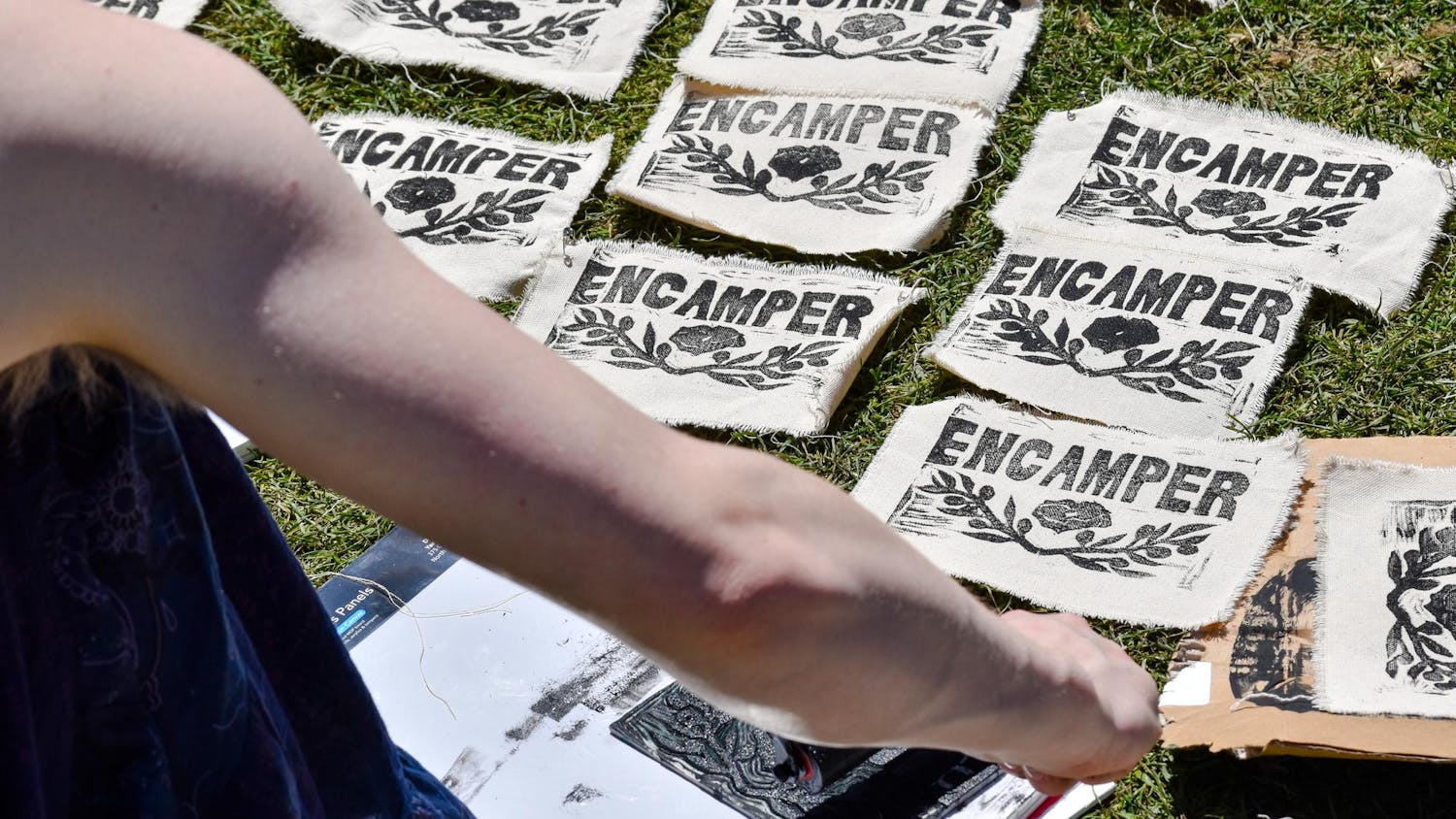The board of directors of the Rhode Island Public Transit Authority approved plans for a $126.7 million Providence streetcar system, with preliminary plans for a two-and-a-half mile route that would connect Rhode Island Hospital, downtown Providence and College Hill.
The idea was originally proposed by the Transit 2020 Action Group in 2006 as part of a greater initiative to invest in the growth and improvement of Providence transit over the long term.
The approved plans are based on findings from the Providence Core Connector Study, which considered multiple options for routes and technology, including enhanced buses as an alternative to the streetcar.
Ultimately, the study concluded that a streetcar would be the better option, citing its potential to incite economic development, its community impact and its better passenger experience.
"Streetcars will help concentrate and accelerate economic development," said Amy Pettine, RIPTA's special project manager. A streetcar line would increase nearby property values, as well as encourage patronage at businesses on the route, she said.
The line could create 6,000 jobs over the next 20 years as well as stimulate up to $1.1 billion in investment, according to the Providence Core Connector Study.
The project will also seek to take advantage of the roughly 100 acres of vacant or underused land made available by the recent Interstate 195 relocation, Pettine said.
Compared to standard diesel-fueled buses, "a rail is a cleaner, greener technology," Pettine said. The type of streetcar selected for the project would most likely rely on overhead electric lines, though emerging hybrid technologies that would allow for wireless operation are also being considered. Streetcars also provide a more pleasant passenger experience and have a higher passenger capacity than enhanced buses, the study reported.
A streetcar would reduce car traffic downtown for people making short commutes during the day and is intended to be part of "multi modal" system in conjunction with walking and bikes, Pettine said.
The streetcar would also help to integrate Brown's main campus with that of the Alpert Medical School, said Dick Spies, executive vice president for planning and senior advisor to the president.
Construction is slated to begin as early as 2015 and finish by 2017, but this is the "most aggressive timeline," Pettine said.
Now that the board has approved plans, RIPTA will need to look outside of the organization in order to build support and find funding, said Steve Durkee, secretary for the RIPTA board of directors. With the organization facing a $8 to $10 million deficit going into the next fiscal year, finding funding for the project could be challenging, he said.
RIPTA is already struggling to pay the operating costs of the bus system, which relies on money from the state gas tax. Operating costs for the streetcar system would be comparable to those of the buses - approximately $3.6 million annually - but funding issues related to the current bus system will have to be addressed before moving forward, Pettine said.
RIPTA will not sacrifice bus service for new streetcar service, Durkee said.
RIPTA will also need to raise $126.7 million in capital to fund the project, though it could be constructed in stages in order to split up the cost, Pettine said.
Pettine said she expects federal funds to comprise more than half of the capital for the project, though RIPTA will not apply until it has a better understanding of options for local financing to fund the remaining costs.
Previous plans had proposed landowners within a certain distance of the track pay a percentage of their land's value to finance the line, but RIPTA voted not to pursue this strategy. Instead, much of the local financing for the project will come from bonds - as taxes increase as a result of the line's success, the additional revenue will go toward paying off the bonds, Durkee said.
As a direct beneficiary of the project, the University should have some role in funding the project, though it will not be able to address RIPTA's larger funding issues, Spies said. The streetcar would be preferable to the current BrownMed/Downcity Express shuttle, Spies said.
Other possible sources of revenue include parking meter fees and the Economic Development Corporation, Pettine said, but funding will most likely come from a large variety of sources.
"It's going to have to be cobbled together," Durkee said.
Certain funding options must be approved by the city council or state legislature before construction can begin. RIPTA is pausing to evaluate the project's next steps but will hold public forums in the future to inform local stakeholders, Pettine said.




